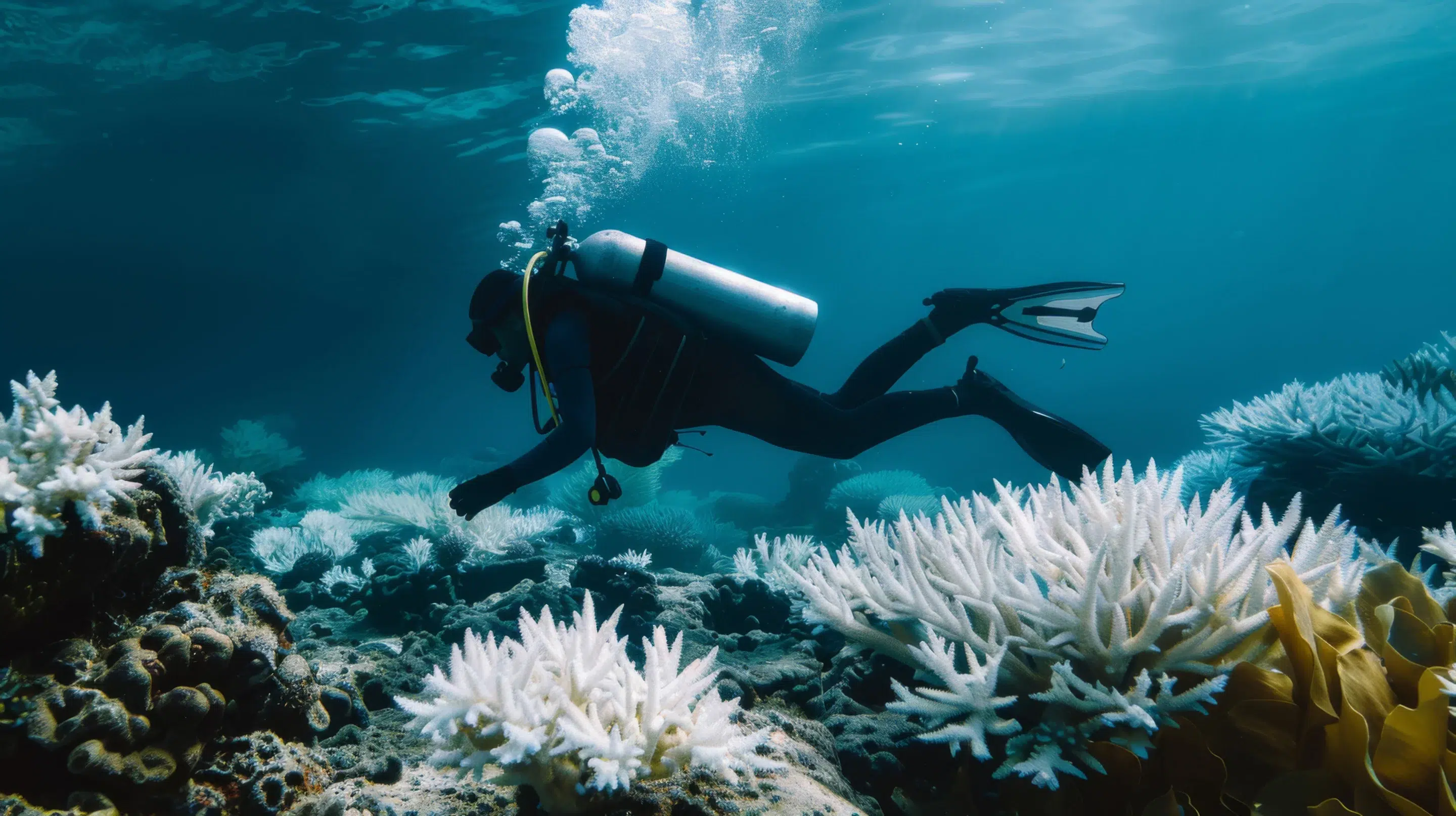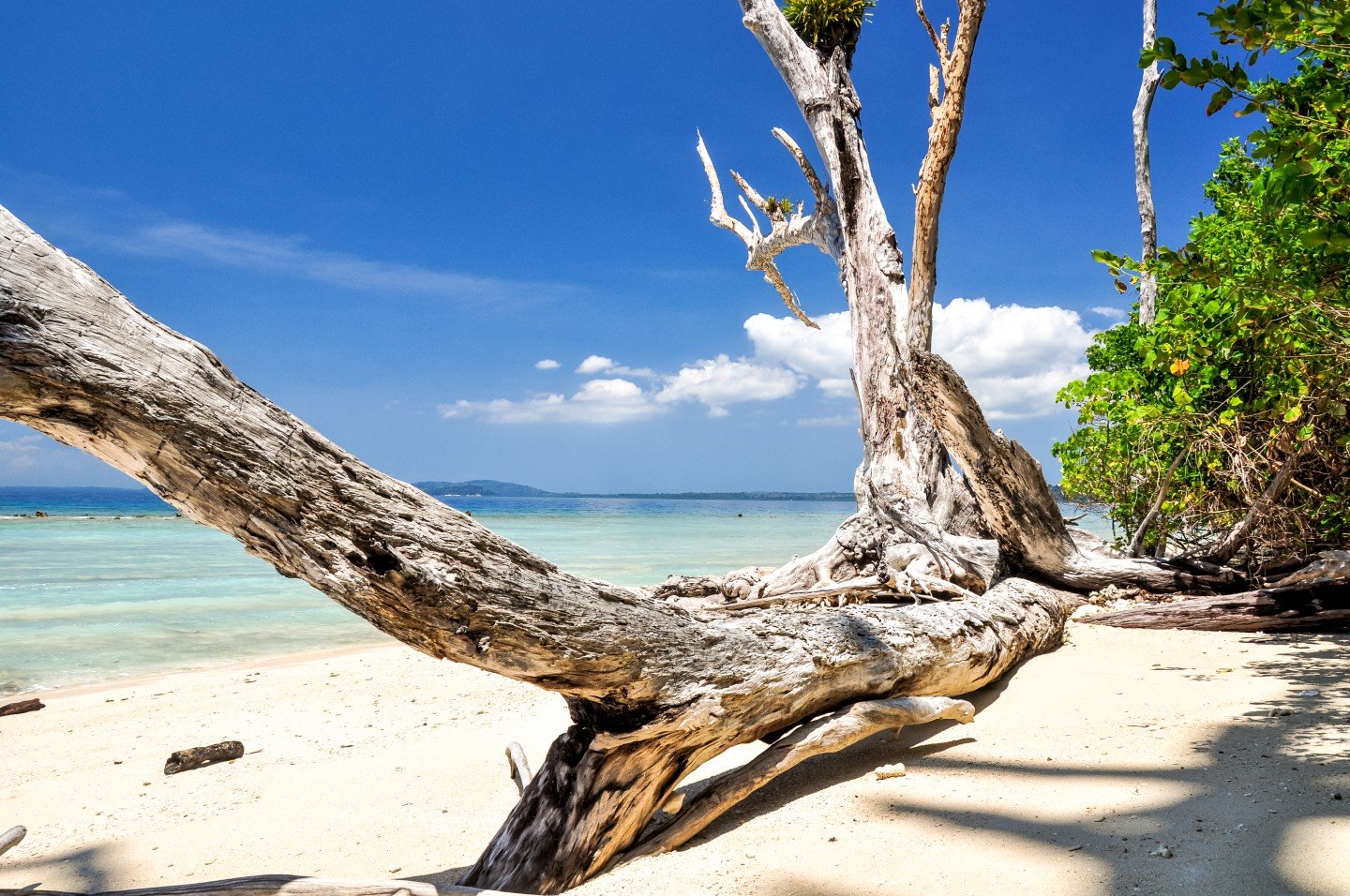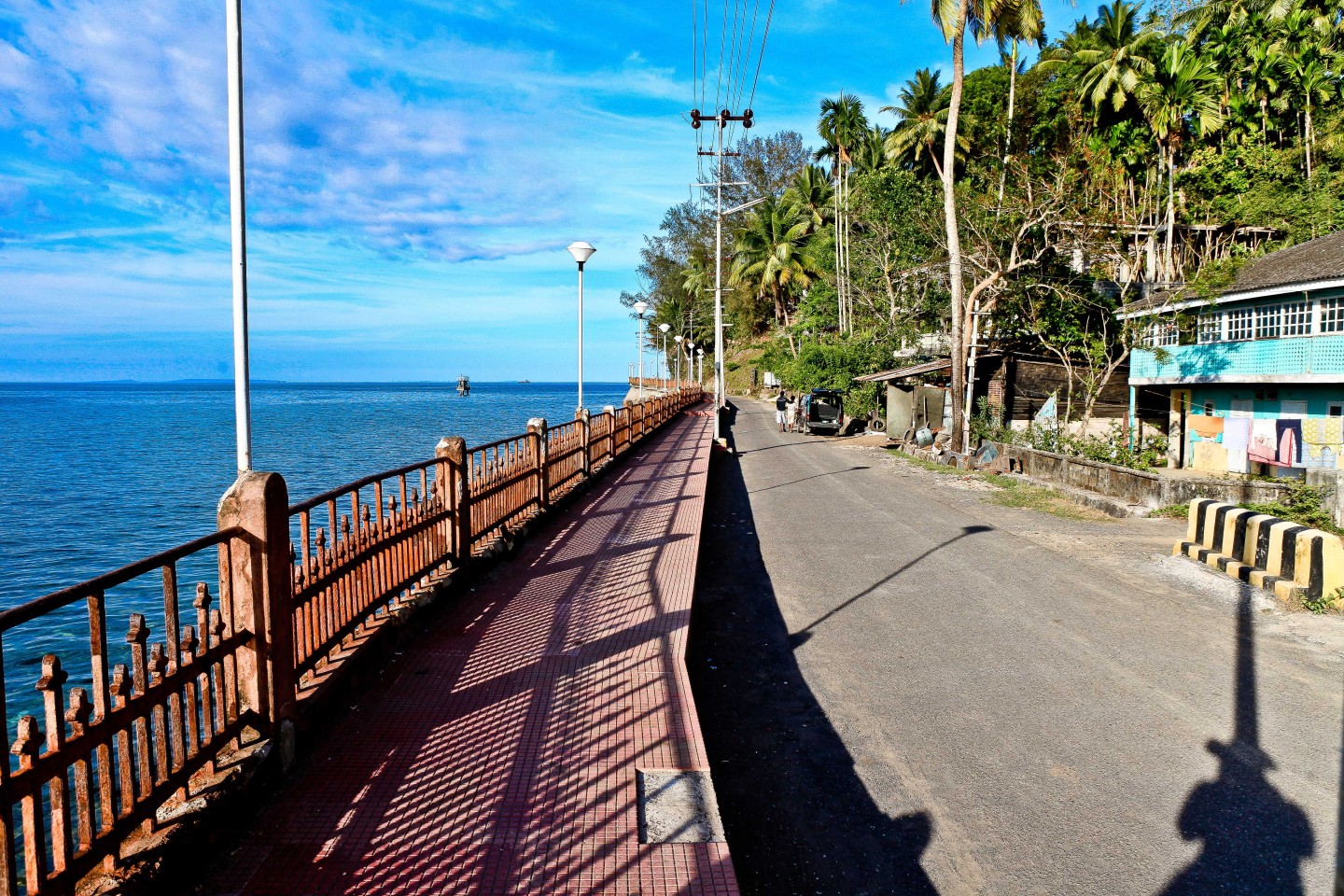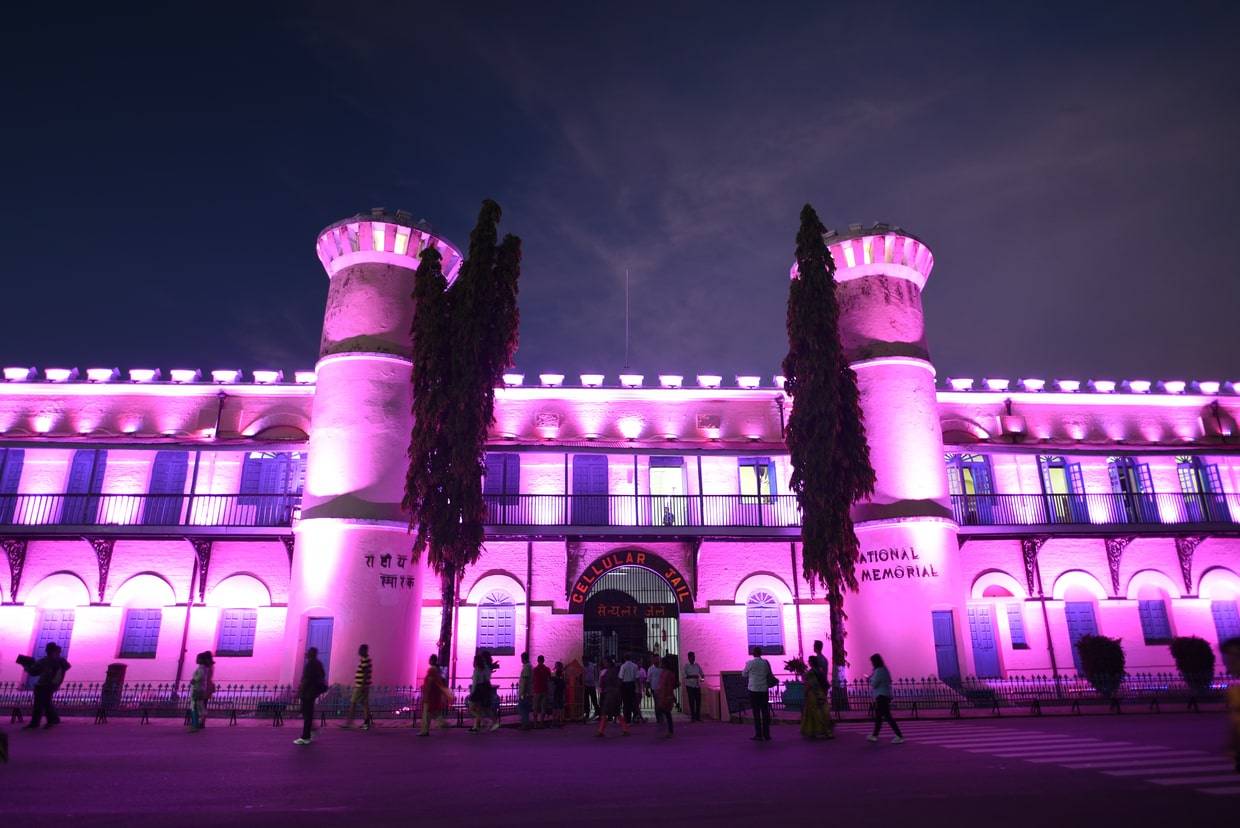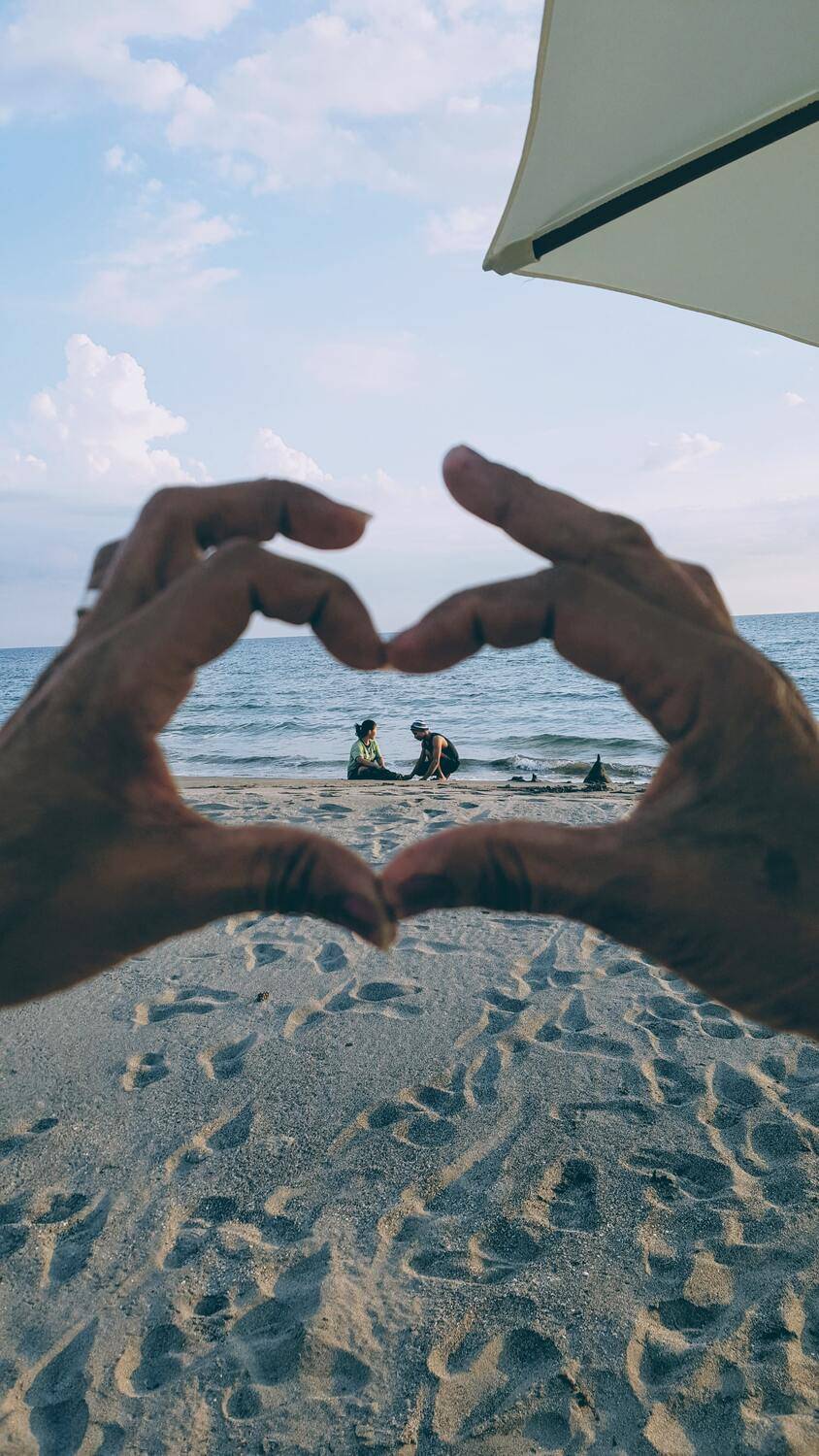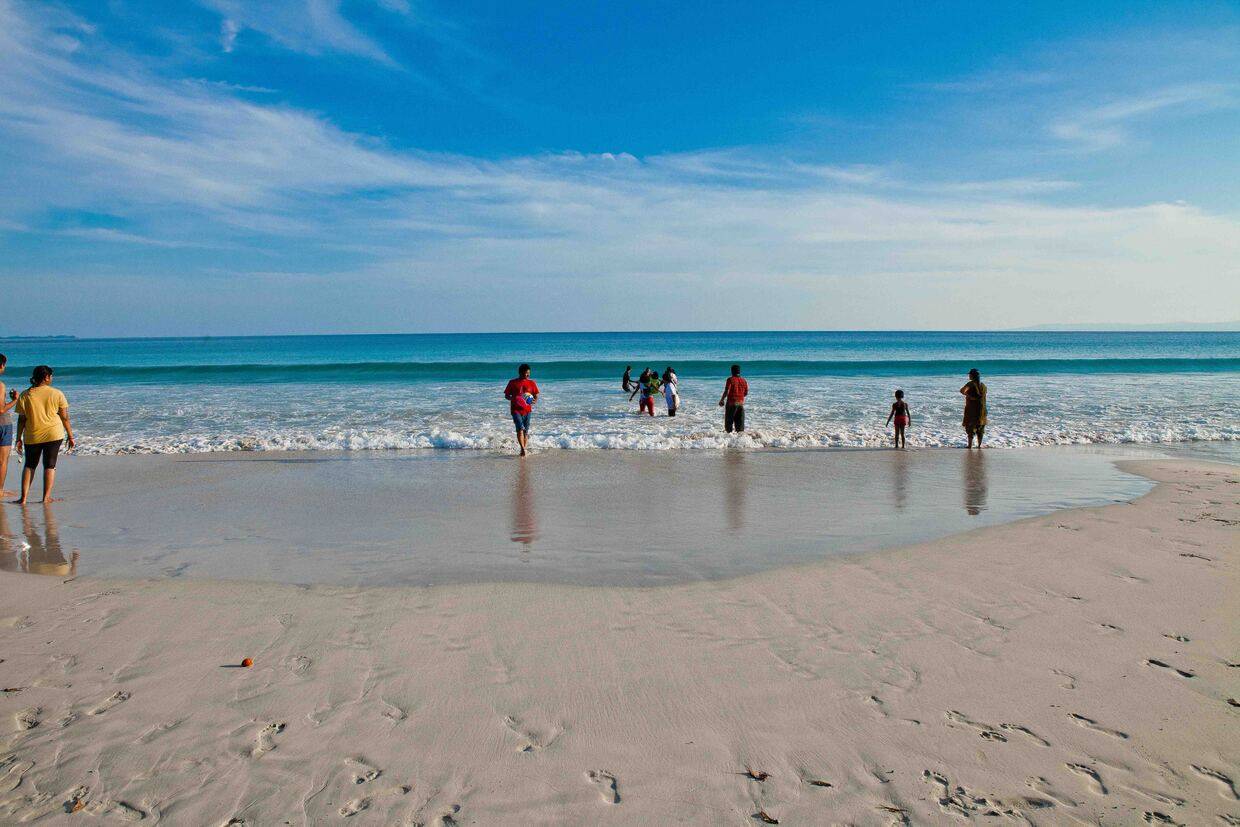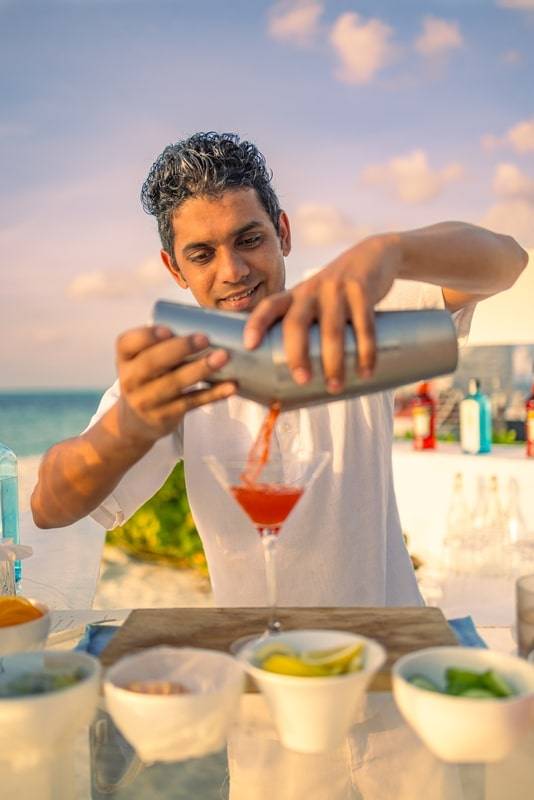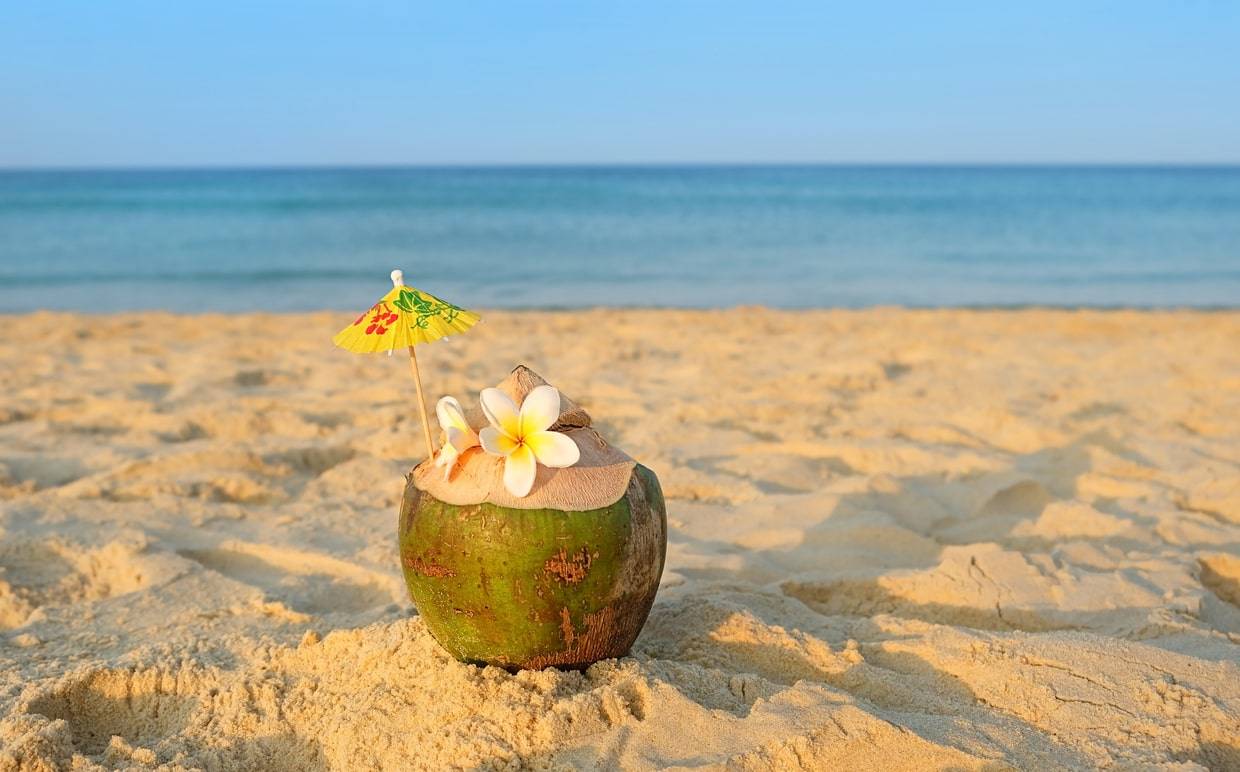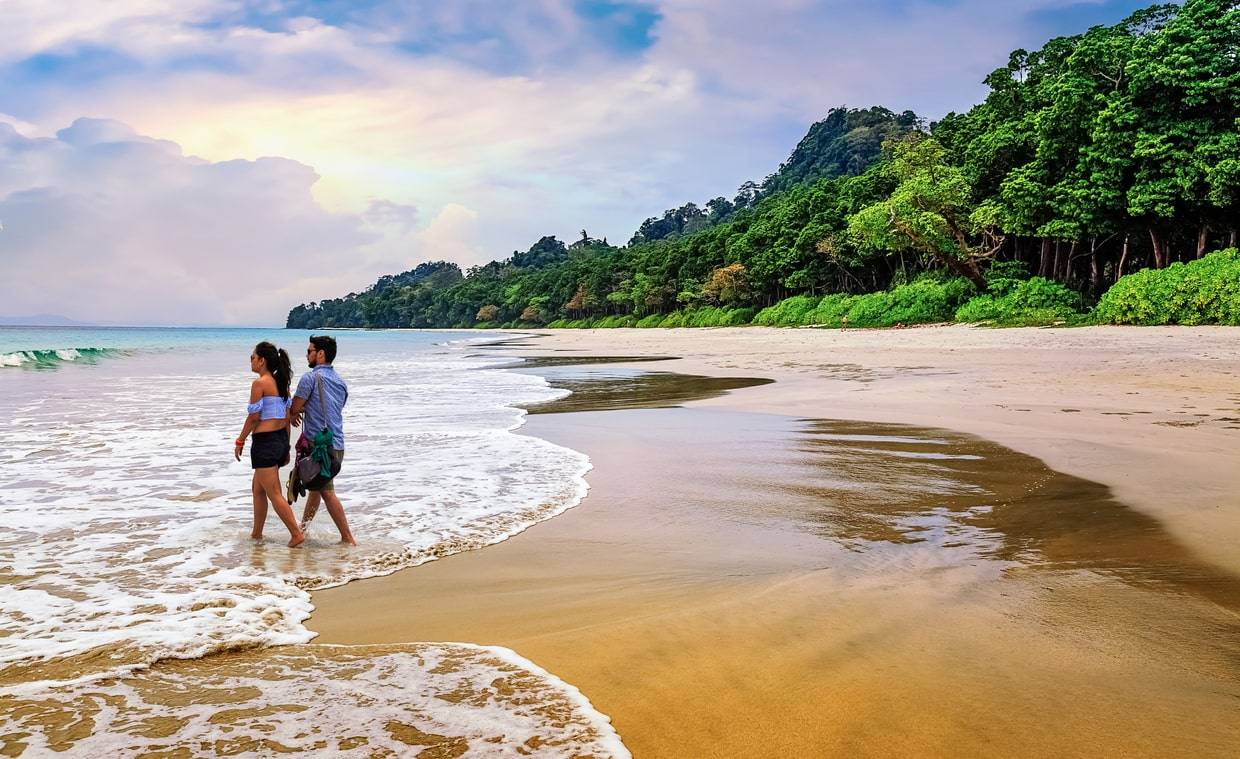Though coral reefs cover less than 1% of the ocean floor – they support over 25% of all marine life. These colourful reefs are crucial for our marine biodiversity because they provide food and shelter for innumerable species.
In this blog, we’ll see why corals in Andaman are important; the best places to see them; the dangers they face; and how people are working to protect them.
Why are Corals So Significant?
Corals have been referred to as the rainforests of the sea because they are vital to the marine ecosystem – since they give shelter, nourishment, and breeding grounds to thousands of water species.
Here’s how corals aid marine life
1. Habitat: Coral reefs are a habitat for over 4,000 fish species and other sea creatures.
2. Shielding from coastal erosion: The natural coral bridge such as the Coral Bridge Neil Island reduces the impact of powerful ocean currents against the islands.
The Economic Value of Coral Life
1. Tourism: Adventure tourism, such as scuba diving and marine adventure, boosts the local economy through job creation and revenue generation
2. Fisheries: Local fish populations supported by reefs are necessary for sustainable fishing.
Different Types of Corals Found in Andaman and Nicobar
The Andaman and Nicobar Islands have a variety of corals that support marine life. And, these corals create reefs and patches which add to the region’s biodiversity.
Some of these corals are as follows:
1. Staghorn Coral: Fast-growing with branches-like structures giving refuge to sea species. It can be located near Havelock Island and North Bay.
2. Brain Coral: These corals look like a human brain and they are usually seen in Mahatma Gandhi Marine National Park.
3. Mushroom Coral: Corals that live free and don’t stick to any surface. Spotted in shallow waters of the Andaman Sea.
The Andaman and Nicobar Islands are home to glowing corals like Staghorn, Brain, and Mushroom Coral, which help keep marine life thriving.
Popular Coral Spots in Andaman and Nicobar
Discover the vibrant underwater ecosystems of the Andaman Islands, teeming with marine life.
1. Havelock Island (Swaraj Dweep)
Havelock Island is the number one scuba diving location in the Andamans due to its stunning coral gardens and breathtaking underwater landscapes. If you’d like to get the best experience, try out Elephant Beach and Nemo Reef – they are teeming with colourful corals and special sea creatures.
2. Neil Island
Neil Island, officially named Shaheed Dweep, is renowned for its amazing natural coral bridge, a breathtaking rock formation filled with colourful fish and sea life. The snorkelling here is fantastic, even when the tide is low. In our Andaman itinerary for 5 days – you’ll get to see all the amazing sea life that makes this place so special.
3. North Bay Island
This island is known for its colourful coral colonies and excellent glass-bottom boat rides, North Bay Island is ideal for non-swimmers looking to explore the underwater beauty of Andaman. This is why we include it in our 7 nights 8 days Andaman package because it’s ideal for both nature enthusiasts and those seeking adventure.
4. Mahatma Gandhi Marine National Park
This thriving protected area ensures the survival of Andaman and Nicobar’s coral reef systems. The water’s packed with colourful fish and sea life, making it awesome for snorkelling and eco-friendly adventures.
Marine Activities for Coral Exploration
Explore the Andaman Islands’ colourful underwater world and stunning coral reefs through a variety of exciting marine activities, from diving to gentle surface exploration.
Scuba Diving
Havelock Island, Neil Island, and North Bay Island are among the best dive sites for enjoying the underwater world. Each of these locations offers unique diving experiences, attracting divers from all skill levels.
Snorkelling
Perfect for those who want to explore the coral island of Andaman without diving deep. Snorkelling is the perfect way to see Andaman’s coral reefs without going too deep. The best spots for snorkelling? Elephant Beach, North Bay, and Coral Cove near Port Blair.
Glass-Bottom Boat Rides
Ideal for non-swimmers, the coral reef in Andaman offers a breathtaking underwater experience without the need for diving skills. Glass-bottom boat tours operate at both North Bay Coral Island and Mahatma Gandhi Marine National Park which offer a completely safe way to discover the colourful underwater world below.
What Are The Threats to Corals in Andaman and Nicobar Islands
Despite their ecological and economic value, corals in Andaman face several threats:
Climate Change
1. A rise in the level of sea temperatures leads to bleaching and weakening reef ecosystems.
2. Increased acidity in oceans affects coral growth and its reproduction.
Human Activities
1. Trash and chemicals washing into the ocean are poisoning the reefs and killing marine life.
2. Overfishing takes away key fish species which help keep the reef ecosystem in balance.
Andaman corals are threatened by climate change and human activities, to conserve corals, we must employ practices such as sustainable tourism and enhanced conservation.
Conservation Efforts & Sustainable Tourism
Protecting coral reefs takes effort from governments, conservation groups, and travellers. Here’s what’s being done to keep coral reefs safe:
Government Initiatives
1. Marine protected areas like Mahatma Gandhi Marine National Park enforce conservation rules.
2. Regulations on diving and snorkelling can help minimize the damage of corals.
Local Conservation Organizations
1. WWF India promotes coral reef conservation through research and awareness initiatives that concentrate on the protection of marine biodiversity.
2. Reef Watch Marine Conservation Organization conducts coral reef restoration programs, and clean-ups beneath the water, and informs locals about sustainable marine practices.
Together, through rules and local action we can protect coral reefs for the future.
What’s The Best Time to Visit for Coral Exploration?
The best time to see Andaman & Nicobar coral reefs is from October to May. However, for those who are looking for a romantic escape, we suggest they plan their trip to Andaman in February.
Why Avoid Monsoon Months For Coral Exploration?
June to September brings heavy rainfall and rough seas which reduces water clarity. During these months, due to the unpredictable weather many diving and snorkelling activities are closed.
Conclusion
The corals in Andaman are an irreplaceable part of the marine ecosystem which offers a mesmerizing underwater experience. So whether you’re exploring the Coral Bridge on Neil Island, diving into the reefs of Havelock Island, or taking a glass bottom boat ride in Andaman – the region promises wonderful views.
As responsible travellers, it’s our responsibility to support conservation activities and reduce our environmental impact while exploring the marine beauty of Andaman and Nicobar. So, make your trip plan, and plunge into the vibrant coral kingdom, and this underwater marvel of nature.
